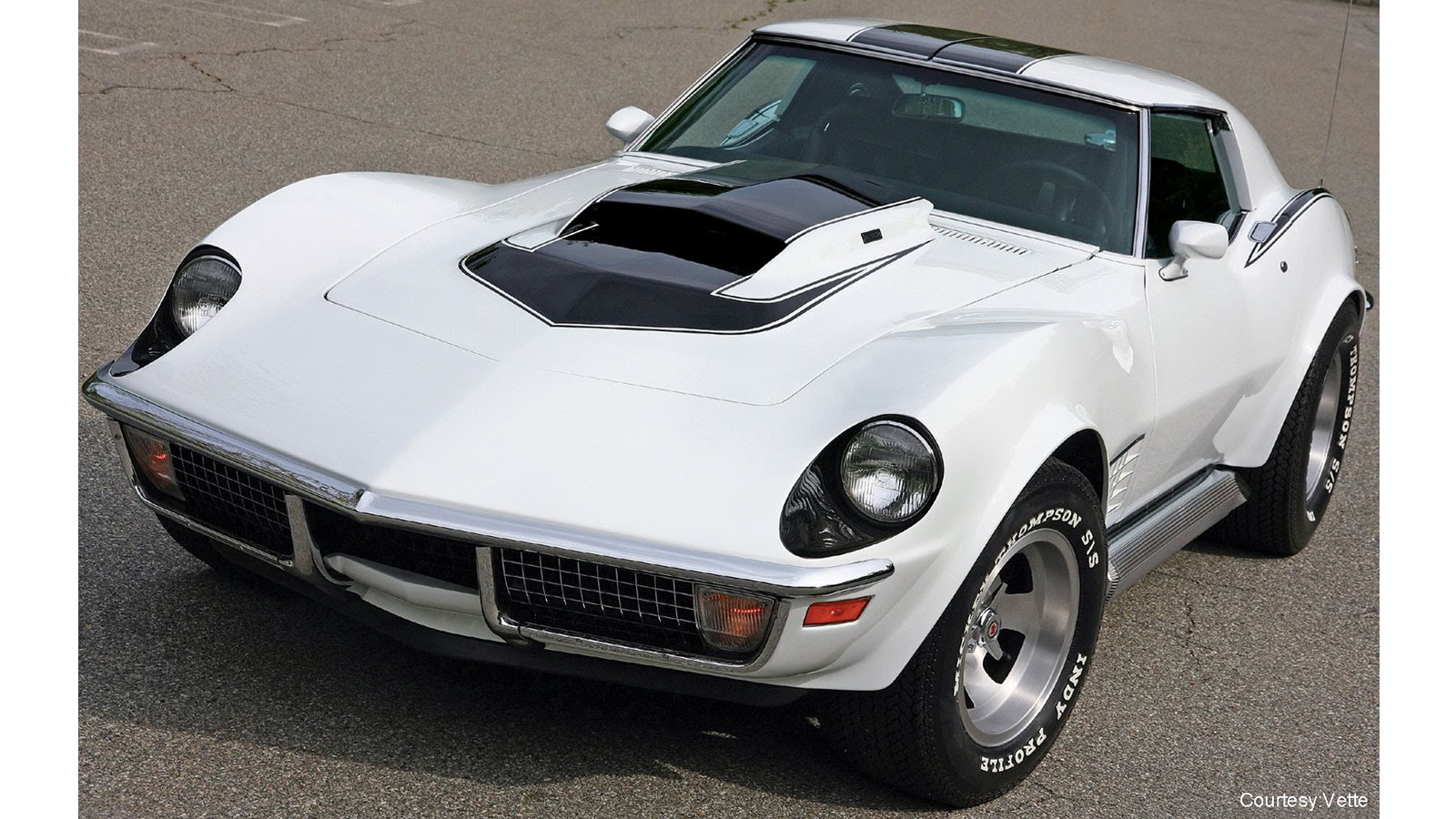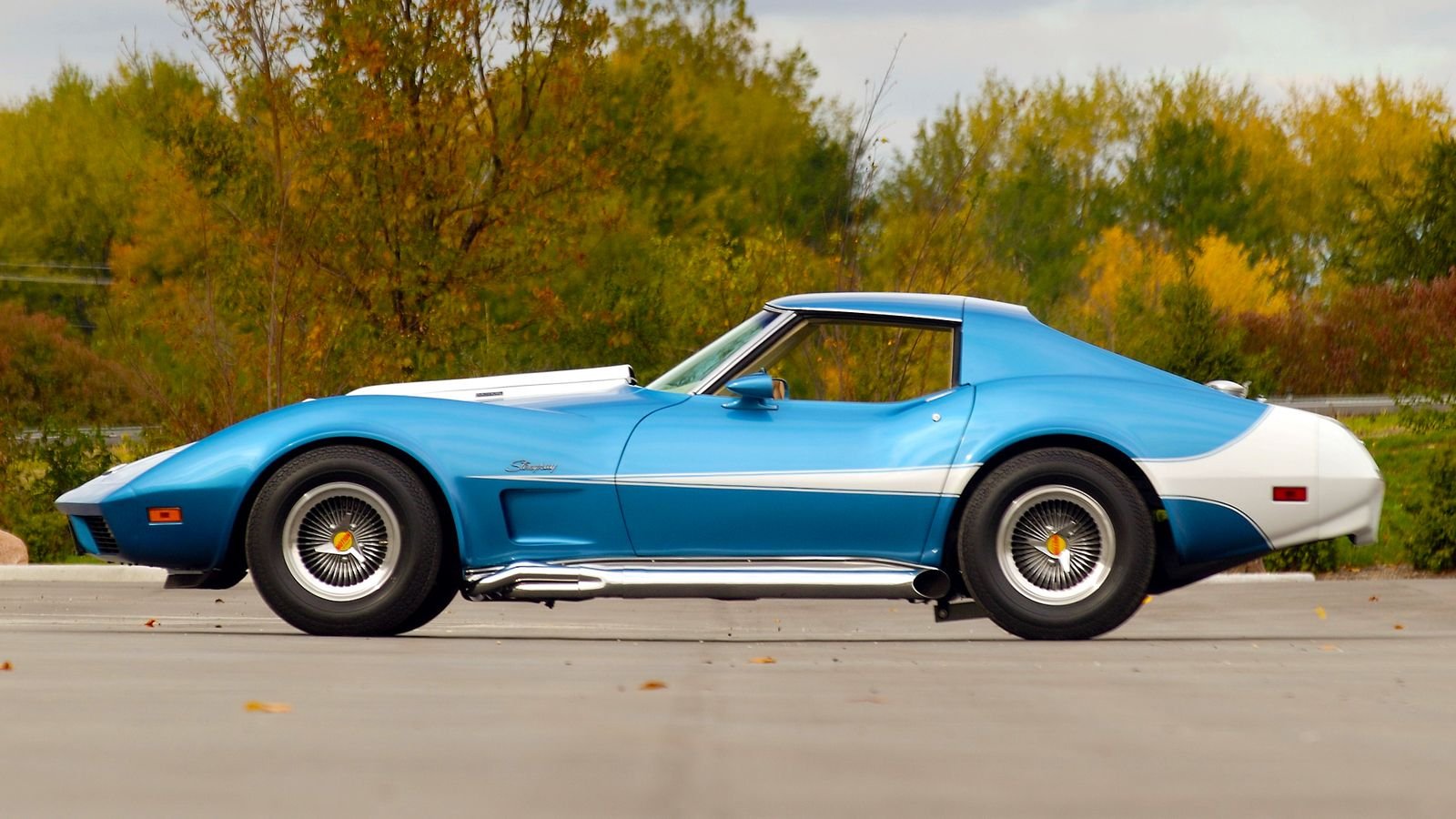Remembering the Mighty Baldwin-Motion Corvettes
Before there was Callaway, there was the Baldwin-Motion Corvette. Their tuned and tweaked Corvette was advertised as "The Fastest GT in the World" in 1970, and they weren't kidding.










1. Have Your Cake And Eat it Too
So, it’s 1967 and you really want a Camaro, and you really want a 427 in it, but Chevrolet won’t let you have one. Or you want a Corvette, but the best Chevy can do is 430hp. No problem, Baldwin-Motion has you covered. Back up to 1966 when Joel Rosen, together with Marty Schorr, (the eventual editor of VETTE Quarterly), teamed up with local dealer Baldwin Chevrolet to produce their own hopped-up Chevys. The advantage of partnering with a dealer was that you could offer a warranty to go along with that hotter performance—the same thing Nickey Chevrolet in Chicago, and most famously Yenko Chevrolet in Pennsylvania, were doing. You got more fun, but without additional headaches. Not counting speeding tickets, of course.
The first Baldwin-Motion models were delivered in 1967 and Rosen’s engine of choice was the L88 427. Produced from 1967-1969 it came from the factory with an advertised 430hp and 460 ft lbs of torque, but a high (12.5:1) compression ratio, and weight-saving high-flow aluminum heads helped Chevy achieve numbers that were actually higher than those advertised. The Baldwin-Motion Phase III cars started with that motor, and tweaked it to an advertised 500hp that you could have in your choice of Corvette, Camaro, Nova, Chevelle or Biscayne.
2. Messing with Perfection
In 1969 Rosen took the whole operation up a few notches, and introduced the first Phase III GT, a 1968 Corvette coupe with side pipes and a special 500hp Phase III engine fed by a 1050 cfm Holley carb. A car this fast had to look different to stand out from the pack, so the usual vertical rear window was scrapped and replaced with a more fastback-like treatment with a backlight that filled most of the space between the sail panels as it sloped towards the tail of the car. The GT also got a Phase III hood and fender flares filled with wider, slotted mags. Mess with a great design and you can still get a great design, if you do it right. He showed the car at the New York International Auto Show that year and the same car, finished in red with black stripes, made the cover of the August 1969 issue of CARS Magazine.
3. Performance, Guaranteed
There are no guarantees in life, death and taxes excepted, unless you had a Baldwin-Motion GT. Then you could take an 11.50 second quarter mile at 120mph, to the bank. Of course even speed has fine print, so they added the caveat that it needed to be done by “an M/P approved” driver on "an AHRA or NHRA sanctioned" strip. There’s no record of any customer claiming they couldn't hit those numbers.
What's all the go without a little show? Even in 1967 dollars it can’t have been cheap to manufacture custom valve covers, but every time an owner popped the hood to show off their big blocks, the money spent was good advertising.
4. Four-point-Four Seconds
In 1970 Thomas Squire paid $13,000 and took delivery of his yellow Phase III GT in Los Angeles. That car was air-conditioned, 454-powered, and made 535hp. It recorded a 0-60 time of 4.4 seconds and could top 150mph. Squire's GT came with a TurboHydromatic 400 tranny, and to make a car with a 4.88 differential more driveable, Rosen fitted a Hone overdrive system, which lowered the final drive to 3.42:1 when engaged, keeping the revs down on longer journeys.
5. Speed for Sale
Though Baldwin-Motion produced around 500 cars during their collaboration, all the work to the Phase III GT Corvettes doubled the retail price of the car, and from 1969 to 1971 only ten were sold. They did do a brisk business, however, shipping GT body parts and kits to other speed shops. Rosen offered other models of Vette too, starting in 1970 with a replica of Chevy's Mako Shark concept car, named the Maco Shark (to avoid lawsuits), followed by the Manta Ray in 1974, and the Can-Am Spyder in 1978.
6. The Feds Crash the Party
In 1974 Rosen jammed a 454 into a Vega, which got a lot of attention, including a story in the January 1974 issue of Car Craft. Unfortunately it also attracted the attention of the DOT and EPA. The Clean Air Act had been passed in 1970, and it was technically illegal to remove anti-smog devices before selling cars to the public. Rosen could face five-figure fines on each car sold, so Baldwin-Motion stopped producing anything except cars with factory engines and the last Baldwn-Motion Corvette went out the door in 1974.
For help with service of your car, check out the how to section of CorvetteForums.com
